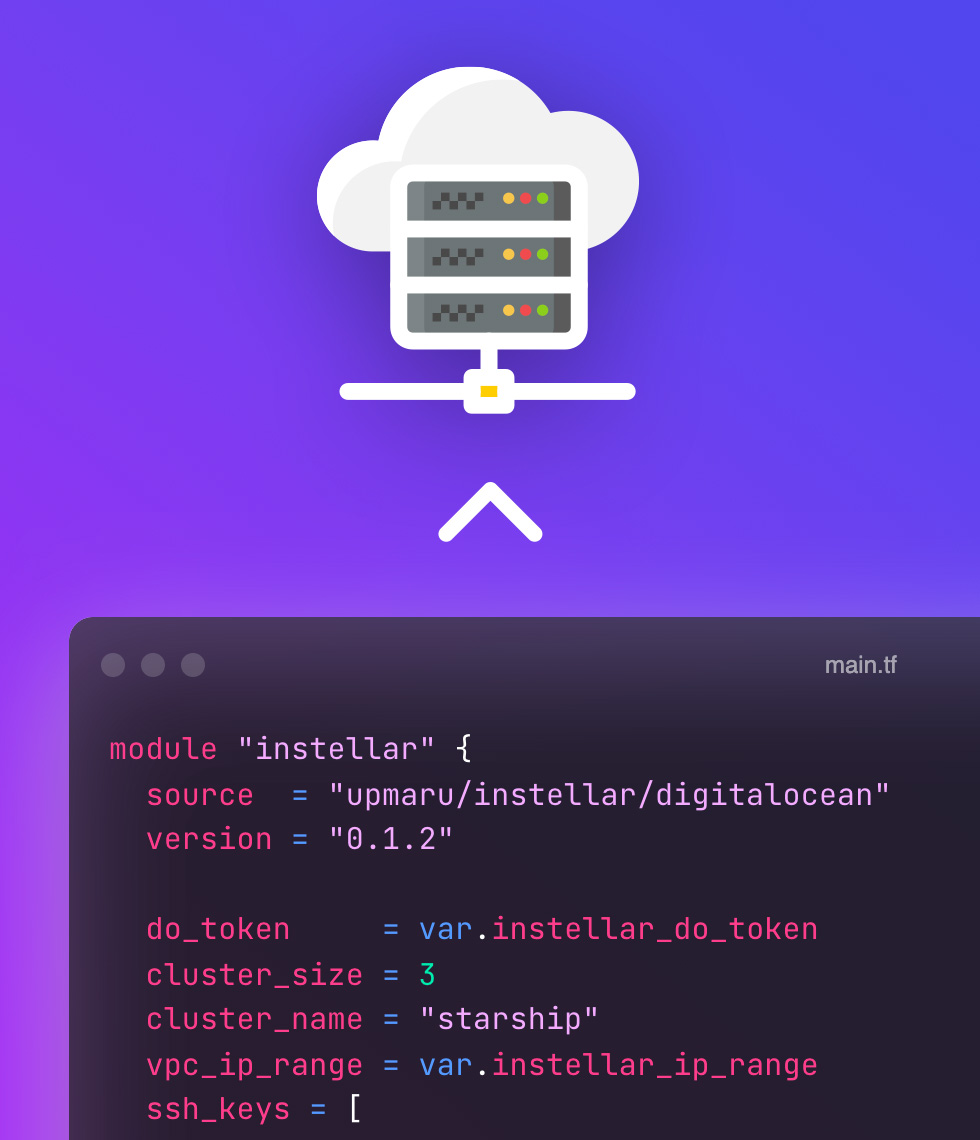Product Direction
Laser sharp focussed on shipping the right Product
Product engineering can be a costly endeavour if not done right. Missed timelines and teams losing focus are often symptoms of lack of strong technical direction. Products that are in development for a long time and never reach end customers are costly to any organization.
Defining the MLP
Deciding what to build is often a tough choice. You want to have all the features but you have limited resources. It's critical to define a 'minimum lovable product'. To get the product out the door you want to build just enough to have a product your customers can love so they keep coming back.
Choose the right tool for the Job
Are you using the right technology for the job? Or are you just choosing what's 'in trend'. Each product is unique, and may come with requirements more suitable for certain technologies. Choosing the right stack can accelerate how fast your product get shipped or how easy it is to iterate and maintain.
Technical Specification
Once you've figured out 'what' you want to build you'll need to answer the 'how'. This is where the technical specification comes in. Translating product vision into tasks that can be understood by the development team. Making the right technical decisions on how to move forward means maximizing productivity.
Happy Teams are Productive Teams
We believe the team developing the product is the most important part of the whole process. Using the right strategy can make sure your team is focussed, happy and productive. Making progress is key to keeping team morale high. Shipping new things to customers ensures a growing team.
An hour making the right decisions Can set your project up for success.
Product Development
Engineering discipline is critical to any growth driven product. Ensure low or no technical debt is collected to make sure your business can grow. We take engineering very seriously and consultants of Artellectual are engineers who've built and shipped various types of products.
DevOps & Infrastructure
Your infrastructure setup should be done using Infrastructure as Code. This way everything is tracked in the code repository and auditable. This also enables automation to help your development team move faster.
-
Continuous Delivery
- Software updates are automated using continuous delivery. This means when the developer pushes to the code repository branch that correlates with the production environment the software is automatically updated. This ensures that updates are delivered often. We recommend deploying multiple times per week to reduce the gaps in updates reducing chance of failures.
-
Infrastructure as Code
- Infrastructure should be described as code and stored in the organization's repository. This gives full auditability to the infrastructure setup, it also means infrastructure setup is easy to automate and adhere to the phoenix server standards. In short developers should not be afraid of managing servers.
Software Development
We constantly push ourselves for continuous excellence. Everything we do, we do it repeatedly in the interest of achieving the best result. We employ the best methodology to achieve the best results.
-
Continuous Integration
- Continuous integration is an automated pipeline that ensures that the code that is pushed adheres to standards set by the engineering team of the company. Few examples of checks that can be configured to run are, whether all the automated tests pass or whether the coding style passes the standard set by the engineering team.
-
Agility with Confidence
- We're not afraid of change. In fact we embrace it. We make sure all the code we write is well tested using automated tests. It's important that we're not afraid of changing the code on a later day. When we get feedback about the product and we need to make a change, we're not afraid because we know if it breaks our tests will tell us. Products built by Artellectual is designed to embrace change without fear.

Core Technologies
That's just the start of the list.
